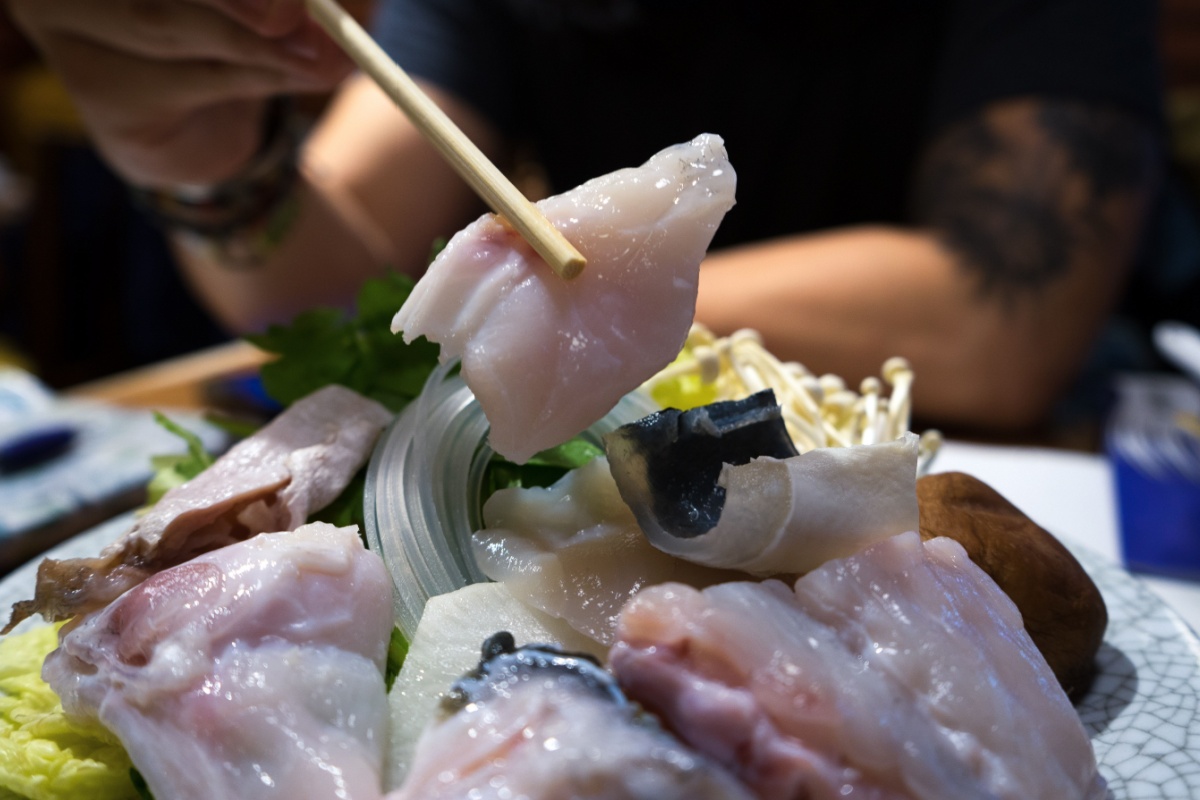Exploring the World’s Most Dangerous Foods (And Why People Still Eat Them)
The world is filled with unique and exotic dishes with unforgettable flavors, but some of these foods have serious risks. From poisonous ingredients to hidden dangers in preparation, people continue to consume them despite the threats.
These dishes have managed to hold onto their popularity, whether because of taste, tradition, or thrill-seeking. Let us explore some of the world’s most hazardous meals and why people are still prepared to take the chance.
Fugu (Pufferfish)
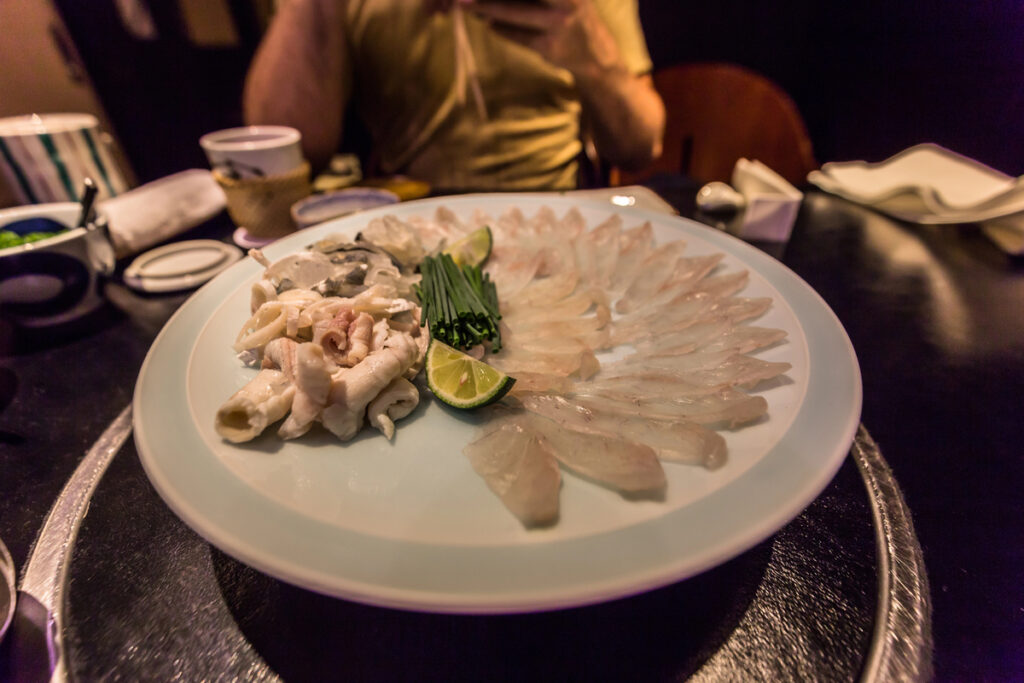
Fugu, a Japanese delicacy, is infamous for its high toxicity. The liver, ovaries, and skin of pufferfish contain tetrodotoxin, a deadly poison that can cause paralysis and death if not prepared correctly. Only licensed chefs are allowed to serve this fish, as removing the toxic parts requires precise skills.
Despite the risks, many people enjoy fugu for its delicate flavor and the thrill of eating something potentially deadly. Some see it as a symbol of bravery, while others are simply drawn to its unique taste. Japan’s cultural significance also adds to its allure.
Ackee Fruit

Native to West Africa and Jamaica, ackee is a fruit that can be deadly if eaten unripe. The fruit contains toxins called hypoglycin A and B, which can lead to “Jamaican vomiting sickness,” a serious illness that can cause seizures, coma, and even death.
When properly ripened and cooked, ackee is a beloved part of Jamaican cuisine, often paired with salted cod. Its creamy texture and mild flavor make it a favorite despite the inherent dangers.
Many locals have grown up eating it, making it a cherished part of their food culture. For them, the risks are worth the reward.
Casu Marzu (Maggot Cheese)
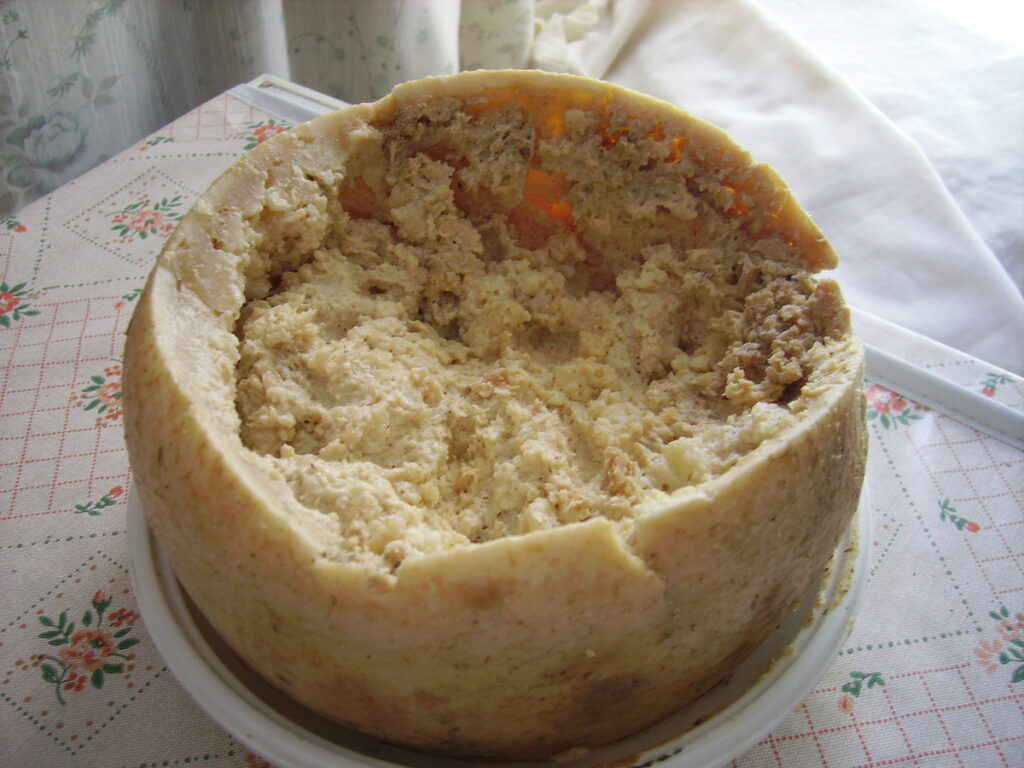
Casu Marzu is a Sardinian cheese that’s famous—or infamous—for being infested with live maggots. The larvae break down the cheese’s fats, making it incredibly soft and spreadable, but consuming it can lead to foodborne illnesses if not handled carefully.
The European Union even banned its sale due to health risks, but locals continue to make and enjoy the cheese. For them, it’s a traditional delicacy with a deep connection to their heritage.
The creamy texture and strong flavor appeal to adventurous eaters, who are often fascinated by its rarity and taboo status. Some even say the maggots enhance the taste.
Sannakji (Live Octopus)
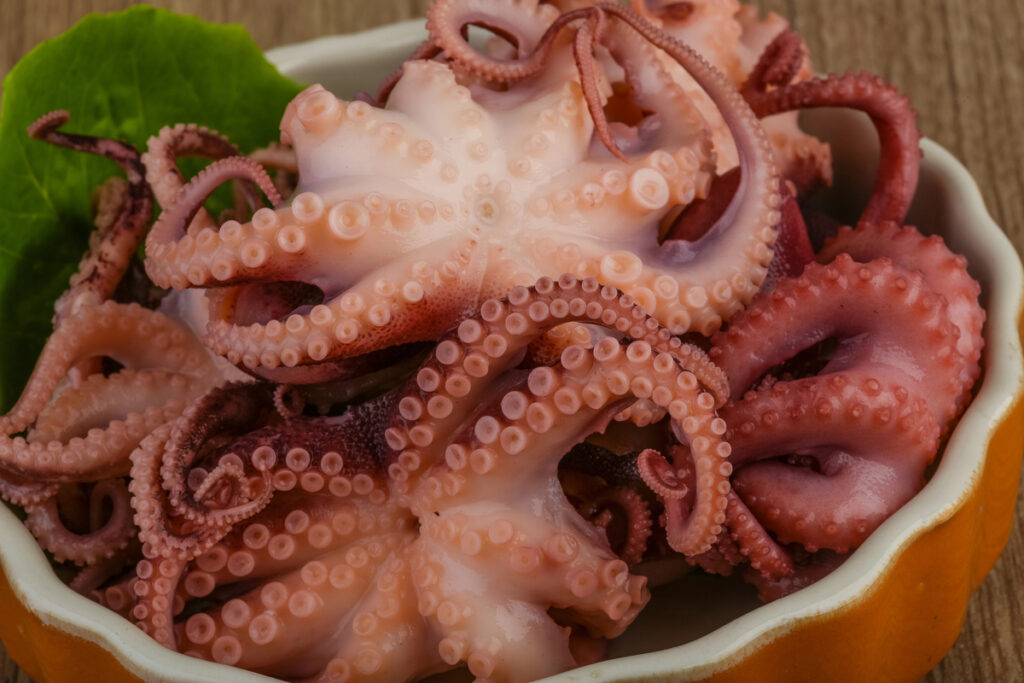
Sannakji is a Korean dish consisting of live baby octopus served while squirming on the plate. The danger lies in the suction cups on the octopus’s tentacles, which can stick to the throat, posing a choking hazard.
Despite this, sannakji remains popular in Korea, especially among those seeking fresh seafood. People enjoy the chewy texture and the experience of eating something still moving.
The dish is often seasoned with sesame oil and served as part of special celebrations. For many, it’s not just about the flavor but the thrill of the dining experience.
Surströmming (Fermented Herring)
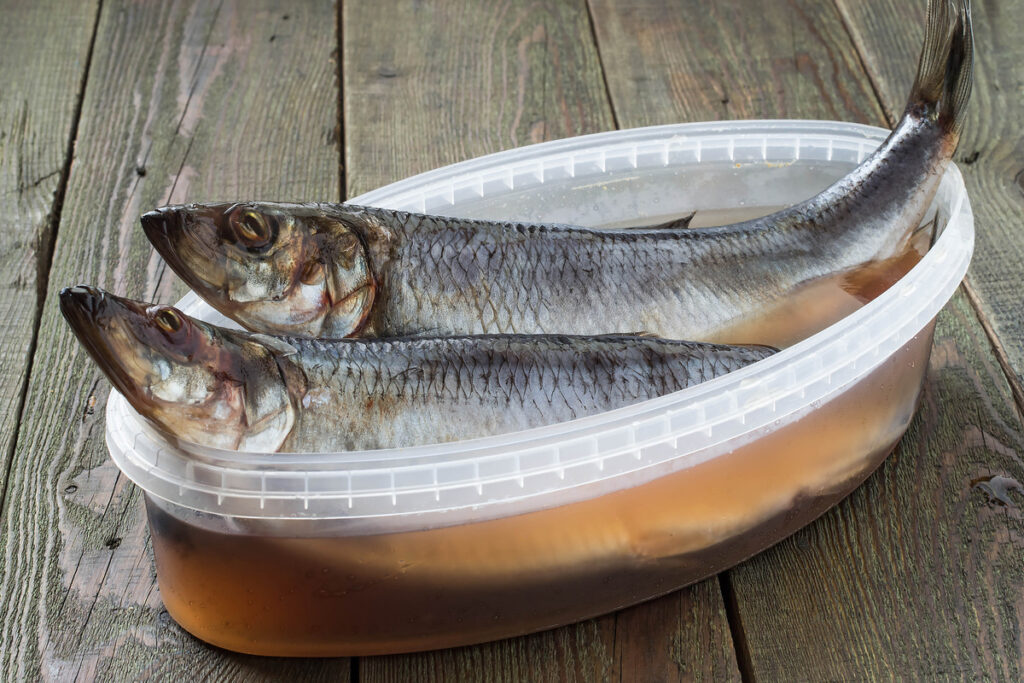
Surströmming is a Swedish delicacy made from fermented Baltic herring. It’s known for its overpowering smell. The fermentation process can cause the fish to release gases, and improperly canned surströmming can be contaminated with harmful bacteria.
Despite the strong odor and potential health risks, Swedes continue to eat it, especially during traditional outdoor feasts. For locals, it’s a nostalgic and communal food that brings people together.
Its salty and tangy taste appeals to those who enjoy pungent flavors, and eating it is often seen as a cultural rite of passage. Tourists often try it for the challenge.
Hákarl (Fermented Shark)
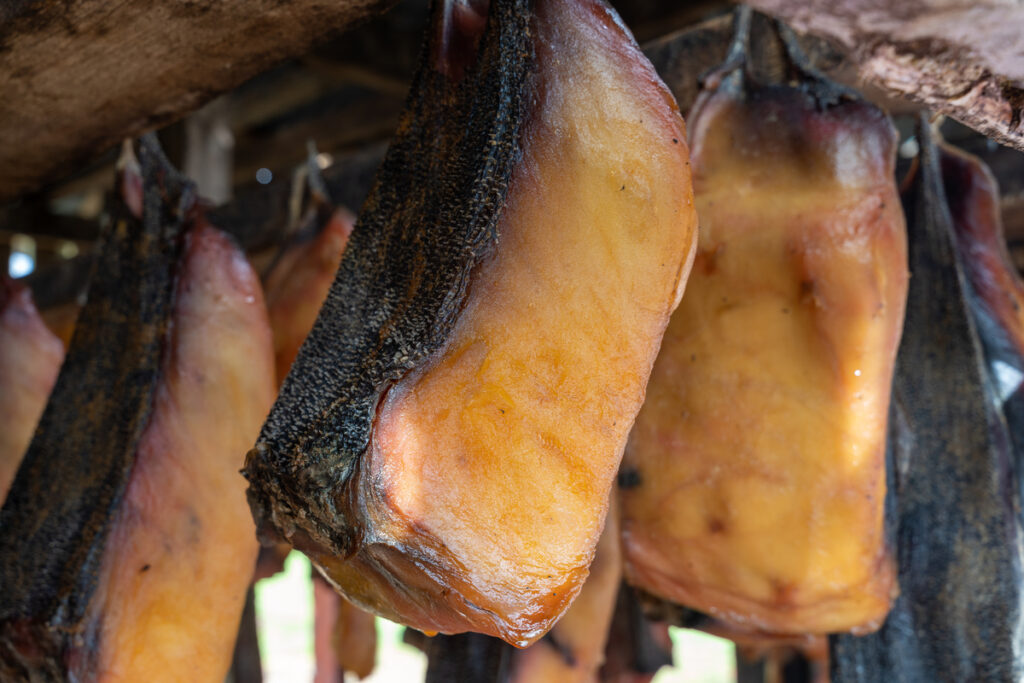
Hákarl is a traditional Icelandic dish made from Greenland shark that has been fermented and hung to dry. The shark’s flesh is toxic when fresh due to high levels of uric acid, but fermentation neutralizes the poison.
Even after this process, the meat retains a strong ammonia smell and taste, which many people find overwhelming. However, it remains a key part of Icelandic culture, especially during winter festivals.
For locals, it represents a connection to their Viking ancestors and their survival in harsh climates. Some people enjoy the challenge of eating it, considering it a test of their palate.
Cassava
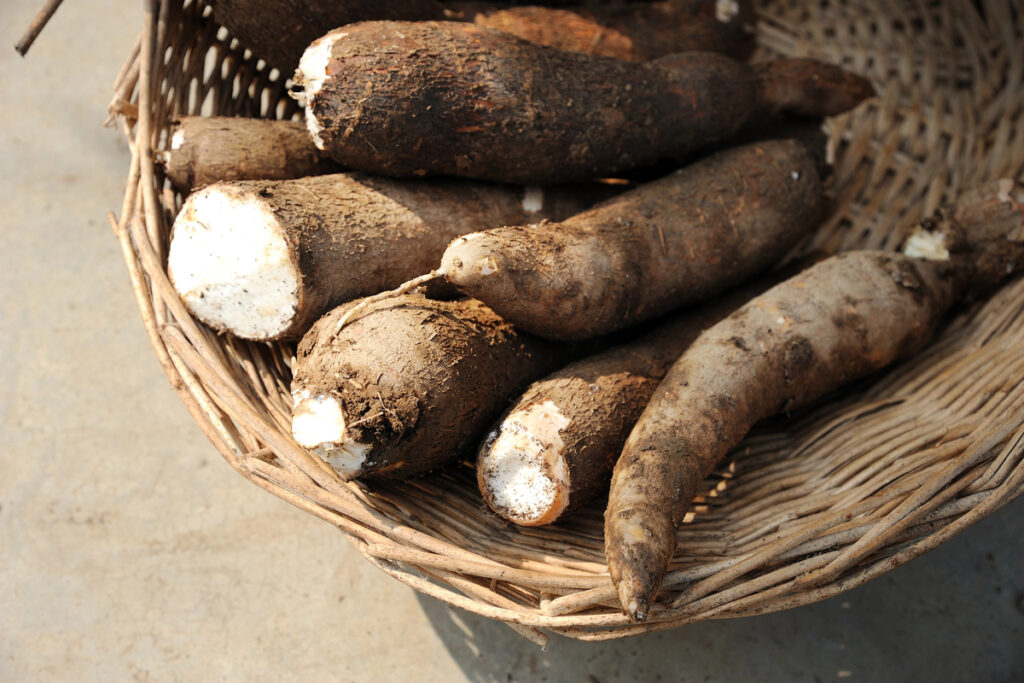
Cassava is a root vegetable that’s a staple in many parts of Africa, Asia, and South America. However, it contains cyanogenic glycosides, which can produce cyanide if not prepared correctly. Improperly cooked cassava can lead to cyanide poisoning, causing nausea, dizziness, and even death.
Despite these dangers, cassava is widely consumed because it’s affordable, filling, and versatile. When prepared properly, it’s safe to eat and used to make a variety of dishes, including tapioca. For many communities, cassava is a vital food source, making the risks a necessary part of their diet.
Blood Clams
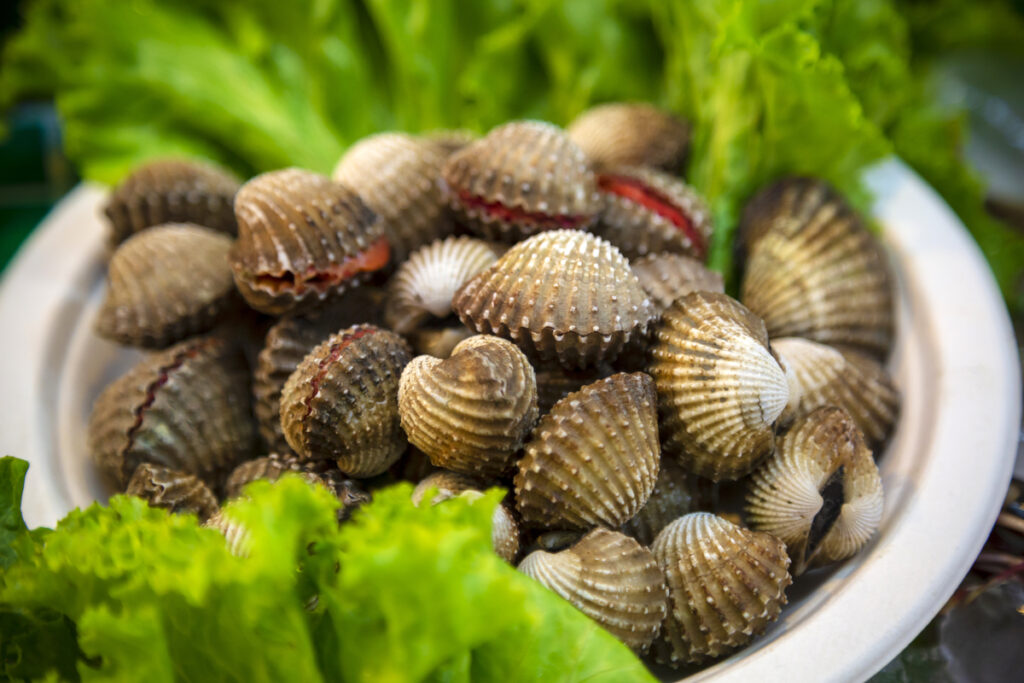
Blood clams are found in coastal regions and are named for their red-tinted flesh, which is filled with hemoglobin. These clams are often harvested from polluted waters and can carry viruses like hepatitis A, typhoid, and dysentery. Although the risks are well known, blood clams are still eaten in parts of China and Southeast Asia.
Their rich flavor and nutritional value make them a sought-after delicacy, especially when cooked properly. Street vendors often sell them grilled or steamed, offering a quick and tasty snack. Despite the warnings, many people are willing to gamble for their distinct tastes.
Giant Bullfrog

In Namibia, the giant bullfrog is considered a delicacy, but it’s also incredibly dangerous to eat if not prepared correctly. The skin and internal organs of the bullfrog contain toxins that can cause kidney failure. Some people only eat the frogs after the rainy season when the toxins are believed to be less potent.
Despite the risk, the bullfrog is considered a traditional food and is prized for its meaty texture and unique flavor. Locals often fry or grill it during festivals and celebrations. The bullfrog has cultural significance and is a symbol of abundance after rain.
Elderberries
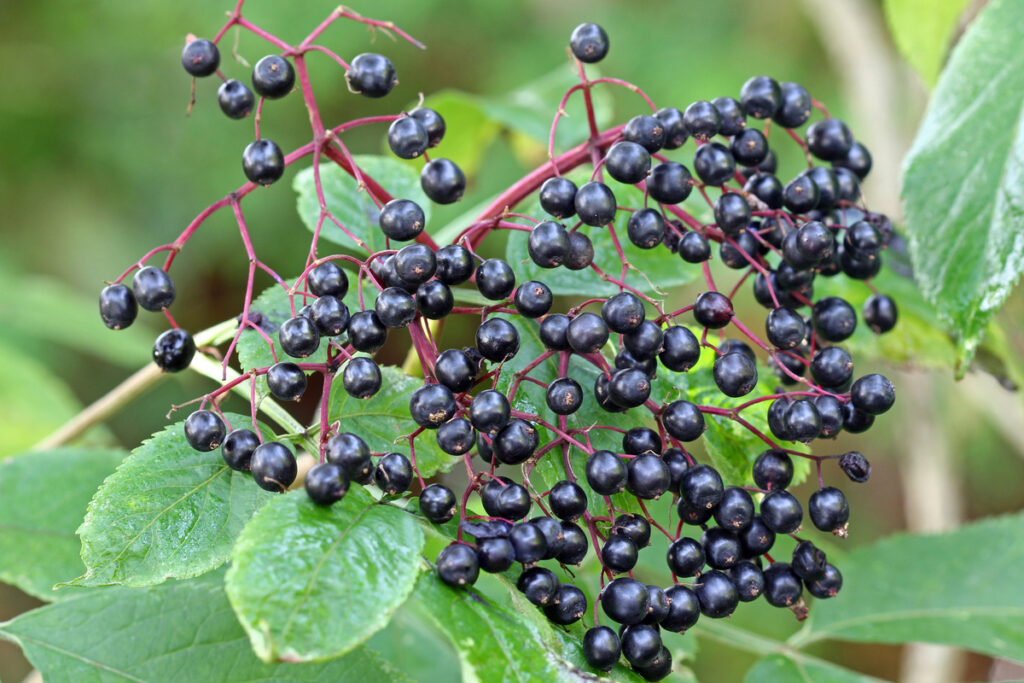
Elderberries are often used in jams, jellies, and syrups, but the seeds, leaves, and stems contain cyanogenic glycosides that can release cyanide when ingested. Consuming raw elderberries or their parts can lead to nausea, vomiting, and even coma. However, when cooked properly, elderberries are safe to eat and are packed with vitamins and antioxidants.
People continue to use them in traditional remedies and recipes for their health benefits. The tart flavor makes them a favorite for pies and desserts, and many believe they boost the immune system. For some, the potential risks are outweighed by their medicinal properties.
Monkey Brains

In some parts of Asia, especially in China and Southeast Asia, monkey brains have been consumed as a delicacy. However, eating raw monkey brains carries a risk of transmitting diseases like Creutzfeldt-Jakob disease, a deadly neurological disorder similar to mad cow disease.
Despite this, some people believe that consuming monkey brains offers health benefits or enhances strength. The dish has become more of a myth in recent years, with fewer people eating it due to the associated health risks. It’s often sought by those curious about extreme foods or participating in ancient cultural rituals.
San-Nakji (Baby Octopus)
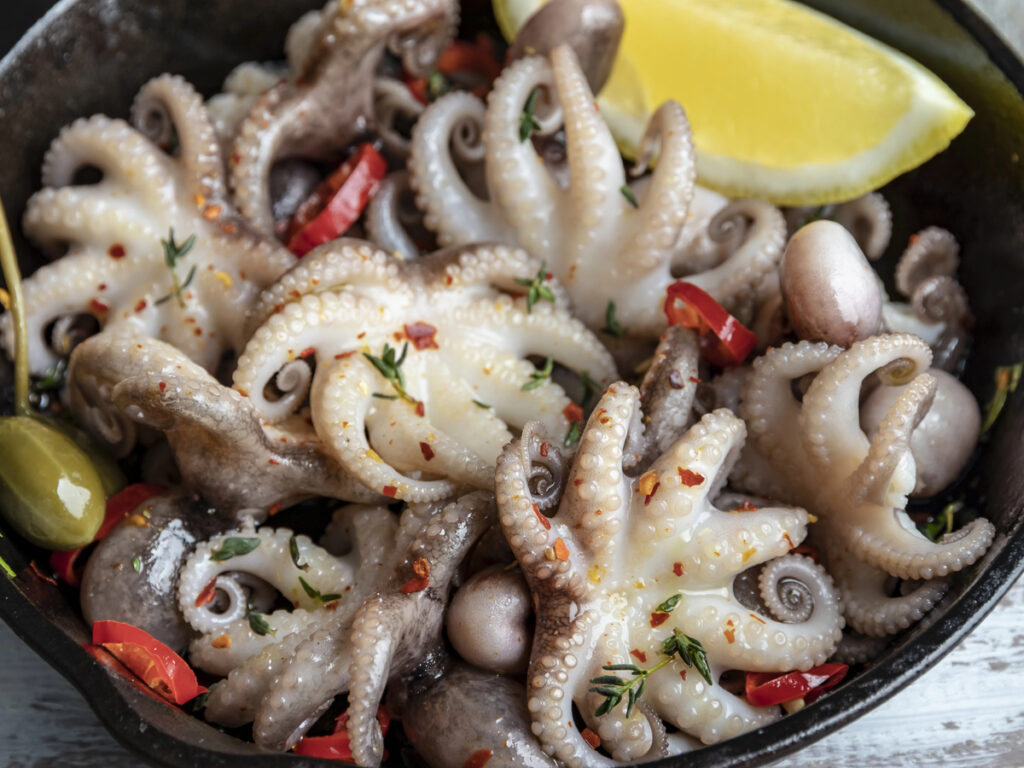
In South Korea, san-nakji, or live baby octopus, is served with its tentacles still wriggling on the plate. The danger lies in the suction cups on the tentacles, which can stick to a person’s throat, causing a choking hazard. Despite this, people enjoy san-nakji for its fresh taste and the adventurous dining experience it provides.
It’s often seasoned with sesame oil and served with dipping sauces to enhance the flavor. Eating live octopus is also believed to bring vitality and strength, making it a popular dish during special occasions. The thrill of the dish is what attracts many.
Rhubarb

Rhubarb stalks are commonly used in pies and jams, but their leaves contain high levels of oxalic acid, which can be toxic if consumed in large amounts. Ingesting rhubarb leaves can cause difficulty breathing, seizures, and even death. Despite the risks, rhubarb remains a popular ingredient in many desserts due to its tart and tangy flavor.
When prepared correctly, it adds a unique taste to sweet dishes, balancing the sugar with its natural sourness. Rhubarb has been cultivated for centuries and is often associated with springtime desserts. For many, the rewards of its flavor outweigh the potential dangers.
Naga Jolokia (Ghost Pepper)
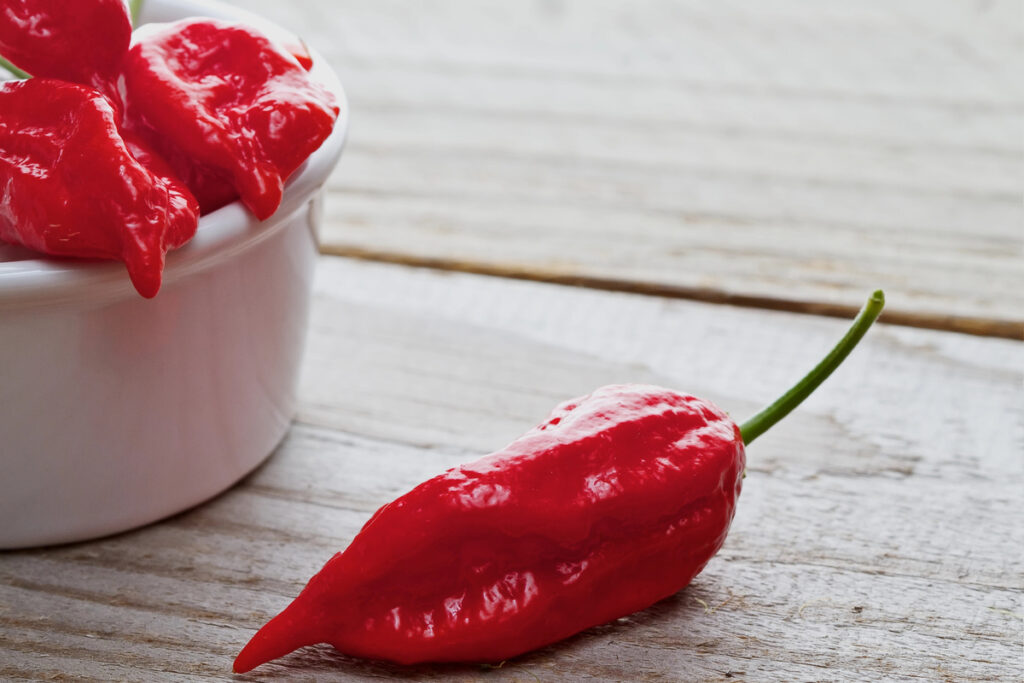
The Naga Jolokia, or ghost pepper, is one of the hottest chili peppers in the world, and consuming it can cause severe pain, vomiting, and in extreme cases, even death. Despite this, many people seek out ghost peppers for their intense heat and the adrenaline rush that comes with eating them.
In Indian cuisine, ghost peppers are used to make spicy sauces and pickles, adding a fiery kick to traditional dishes. Some people also consume them in eating competitions to prove their tolerance for extreme heat. The thrill of conquering the heat makes this pepper highly appealing to spice lovers.
Poisonous Mushrooms

Mushrooms are widely used in cooking around the world, but some varieties, like the Death Cap and Destroying Angel, are extremely toxic and can be fatal if eaten. Mistaking these poisonous mushrooms for edible ones can lead to severe illness, liver failure, or death.
Despite the dangers, mushroom foraging remains a popular activity in many countries, with people hunting for rare and prized edible varieties.
Experienced foragers take pride in their knowledge of safe mushrooms and the delicacies they can create from them. For many, the connection to nature and the thrill of finding wild food outweighs the risks.
Starfruit
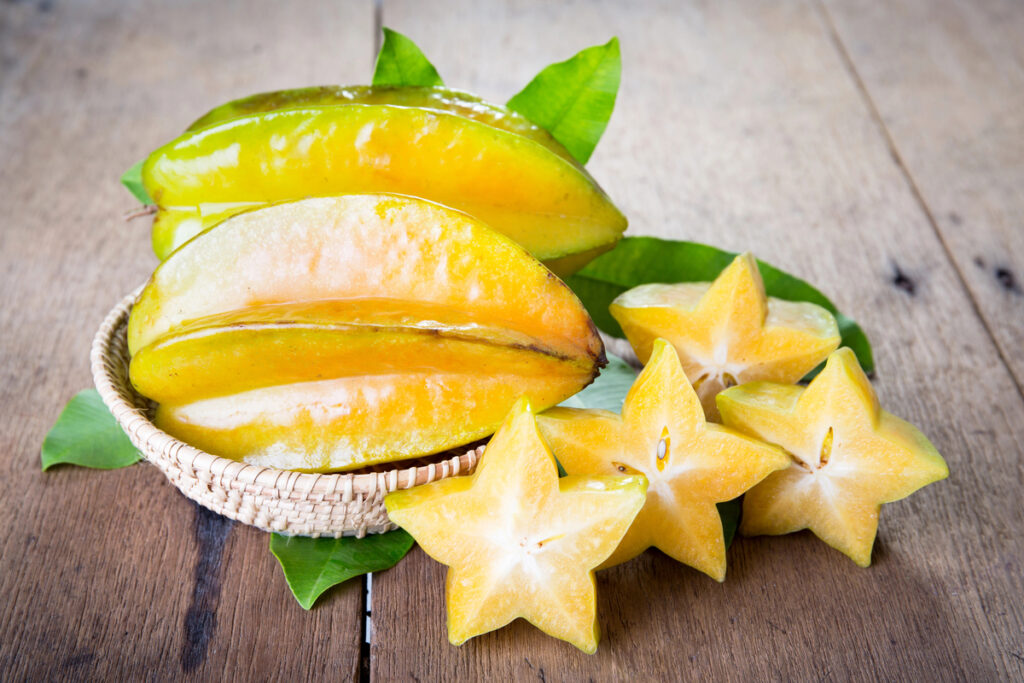
Starfruit, while visually appealing and delicious, can be dangerous for people with kidney problems. The fruit contains neurotoxins that can affect the brain and lead to confusion, seizures, or even death in those with pre-existing kidney conditions.
Despite the risks, starfruit is commonly consumed in tropical regions and is loved for its sweet and sour flavor. Its unique star shape also makes it a popular garnish in salads and drinks.
People continue to eat starfruit, especially in regions where it’s a staple food, as long as they are aware of the potential dangers. For most, it’s perfectly safe when consumed in moderation.
15 Innocent-Looking Vegetables That Are Junk Food in Disguise

When we think of vegetables, we often imagine healthy, nutrient-rich foods that benefit our bodies. However, not all vegetables are as healthy as they seem. Some innocent-looking vegetables can become junk food when prepared or served in unhealthy ways.
15 Innocent-Looking Vegetables That Are Junk Food in Disguise
15 Budget-Friendly Childhood Meals That Still Taste Great Today

Growing up, many of us enjoyed simple, budget-friendly meals that our parents lovingly prepared. These dishes might have been easy on the wallet, but they were big on flavor and left lasting memories. These classic budget-friendly childhood meals tasted terrific and continue to be nostalgic favorites.
15 Budget-Friendly Childhood Meals That Still Taste Great Today

